Empire Comfort Systems WB36FB0F Planning guide
Other Empire Comfort Systems Indoor Fireplace manuals

Empire Comfort Systems
Empire Comfort Systems HYDRAULIC Quick start guide
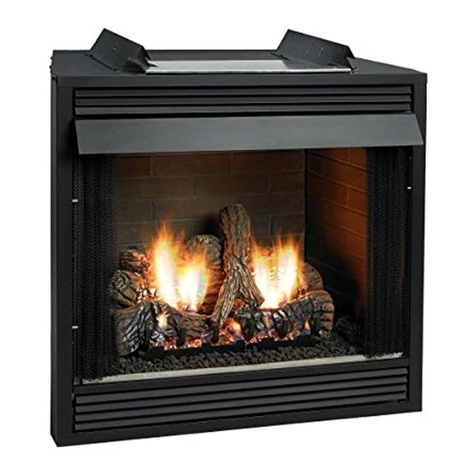
Empire Comfort Systems
Empire Comfort Systems VFP36FB0F-3 Quick start guide

Empire Comfort Systems
Empire Comfort Systems RH-50-5 Quick start guide

Empire Comfort Systems
Empire Comfort Systems Tahoe Premium DVP36PP32EN Quick start guide
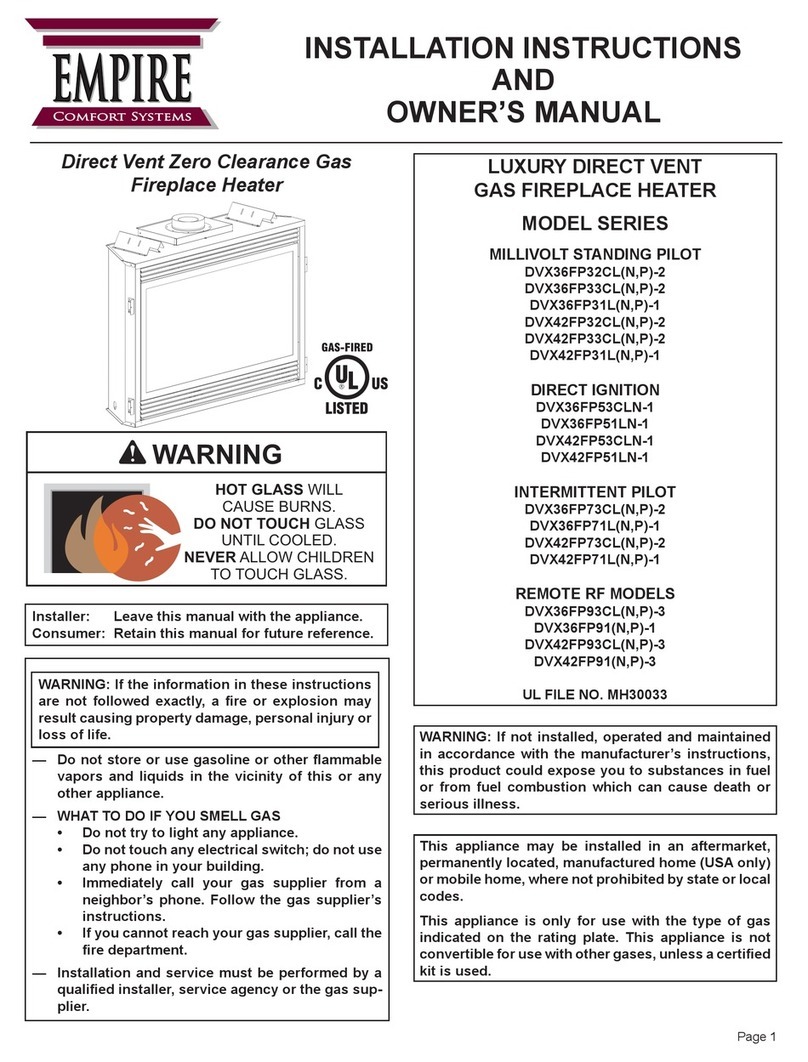
Empire Comfort Systems
Empire Comfort Systems DVX36FP32CLN-2 Quick start guide
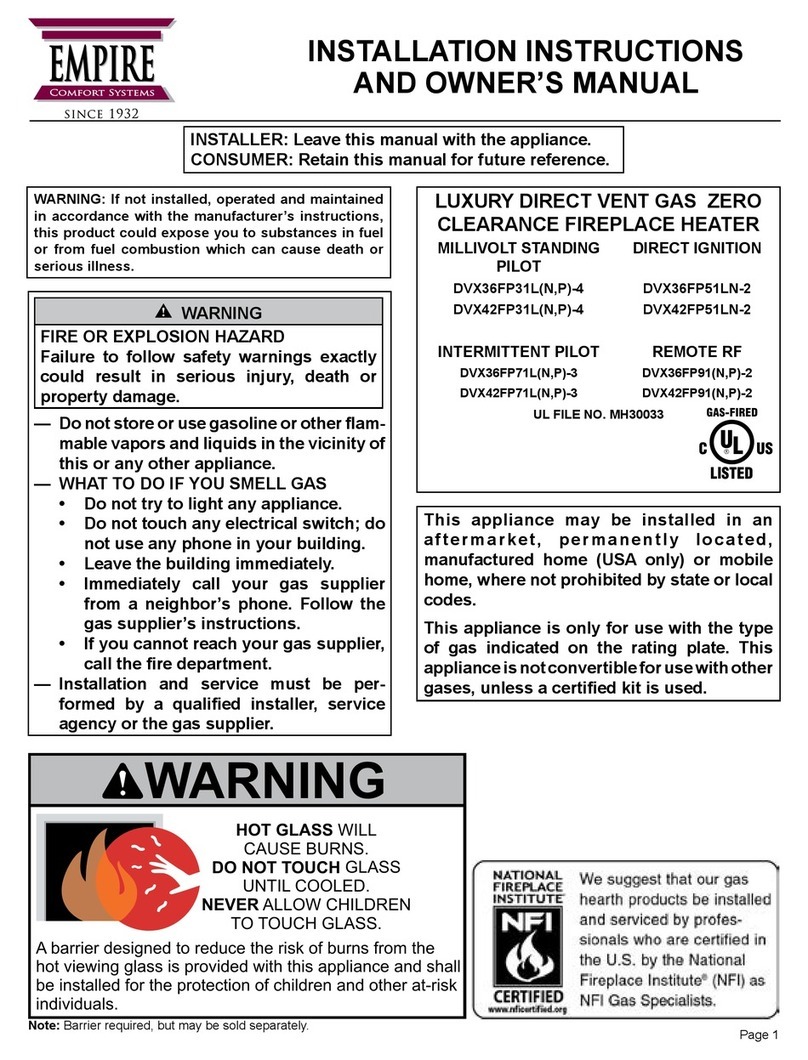
Empire Comfort Systems
Empire Comfort Systems MILLIVOLT STANDING PILOT DVX36FP31LN-4 Quick start guide
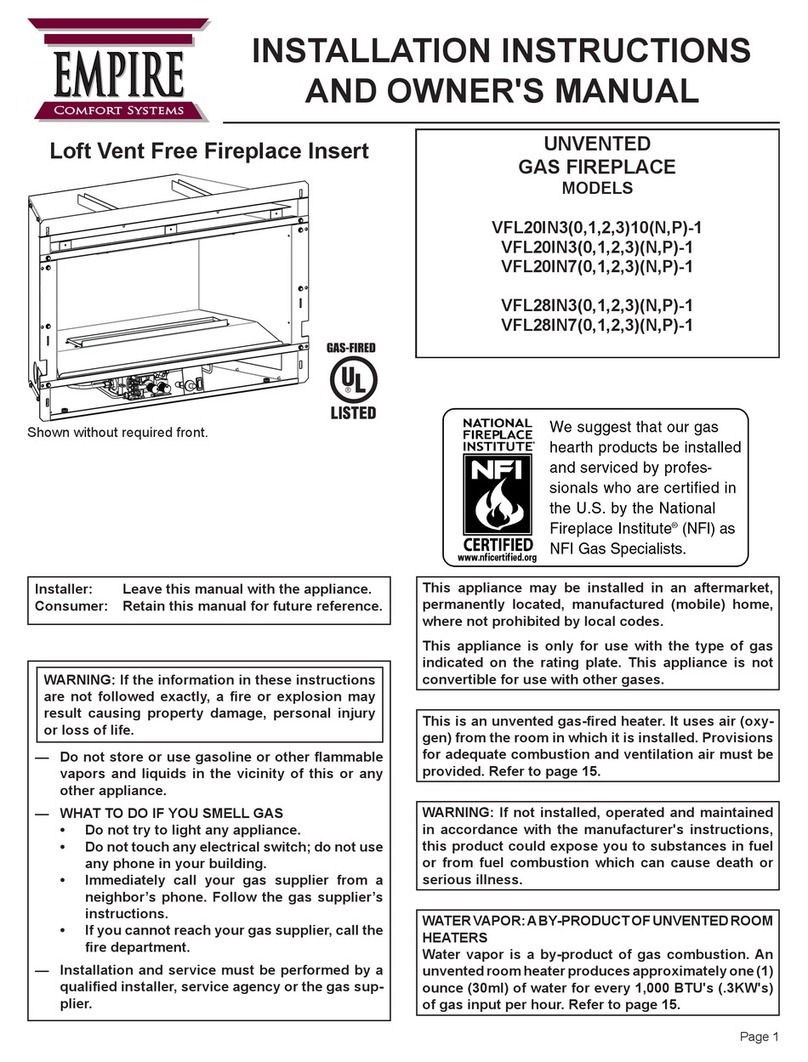
Empire Comfort Systems
Empire Comfort Systems VFL20IN3 series Quick start guide

Empire Comfort Systems
Empire Comfort Systems DVL25IN73N-1 User manual

Empire Comfort Systems
Empire Comfort Systems AV36MTEKN-1 Quick start guide
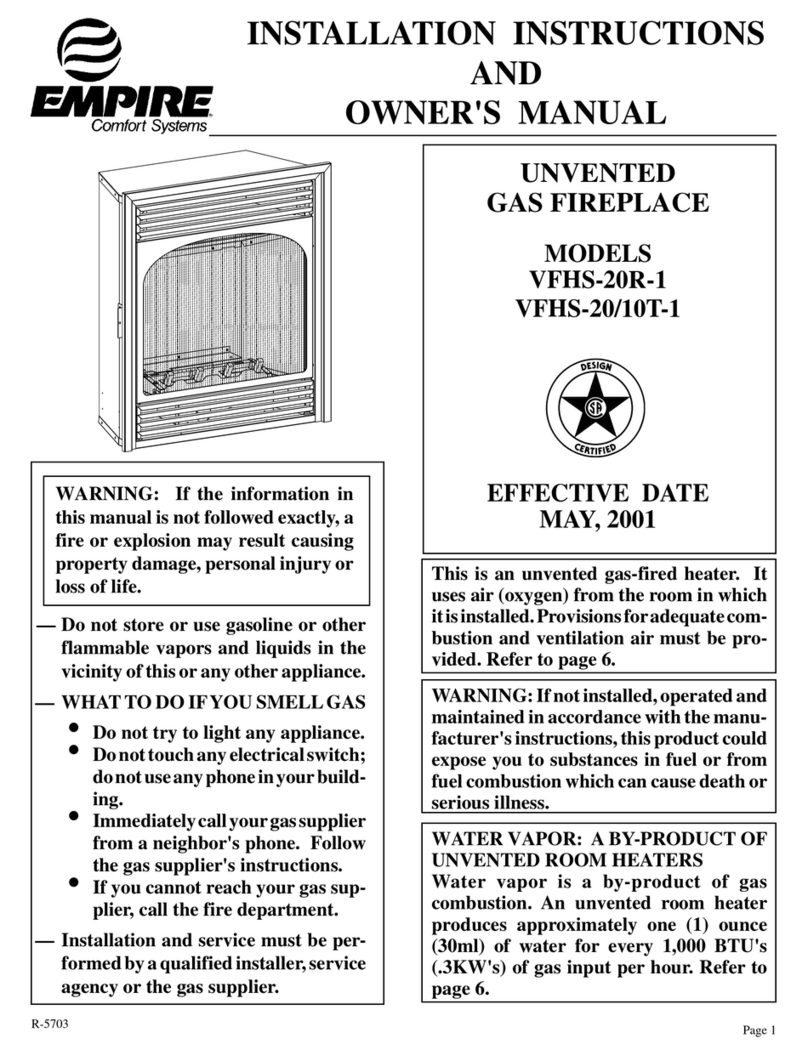
Empire Comfort Systems
Empire Comfort Systems VFHS-20R-1 User manual
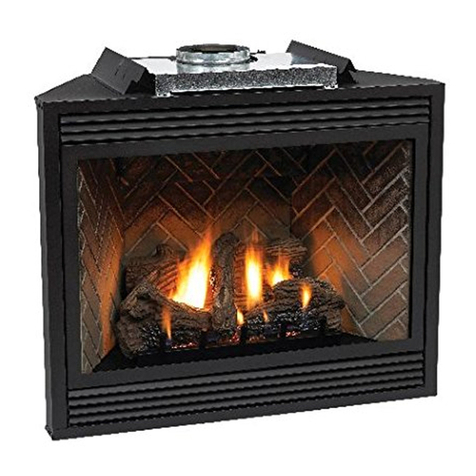
Empire Comfort Systems
Empire Comfort Systems DVP42FP3(0 Quick start guide

Empire Comfort Systems
Empire Comfort Systems Boulevard VFLB60FP90N-1 Planning guide
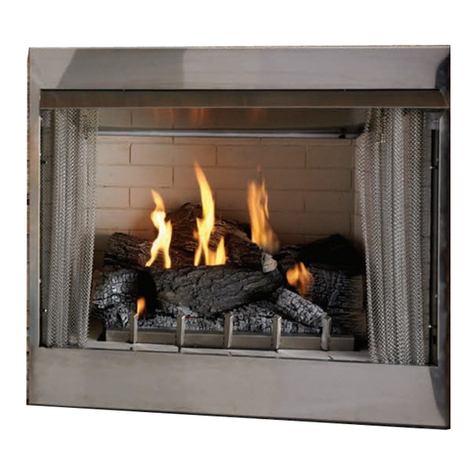
Empire Comfort Systems
Empire Comfort Systems OP36FP32MN-1 User manual

Empire Comfort Systems
Empire Comfort Systems DVLXG55BP90N Assembly instructions
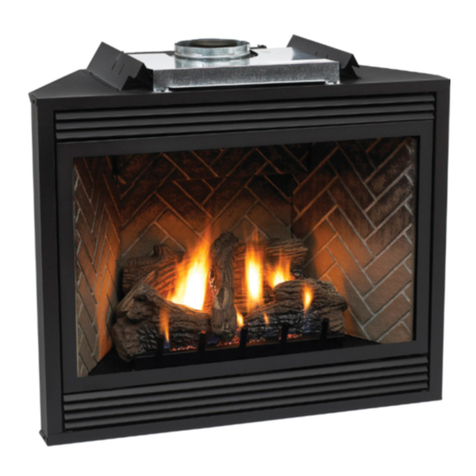
Empire Comfort Systems
Empire Comfort Systems DVP FP3 4 Series Quick start guide
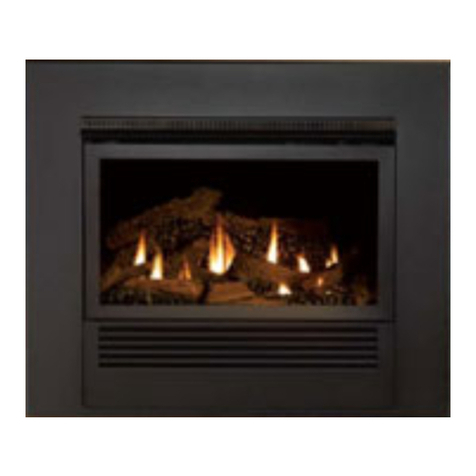
Empire Comfort Systems
Empire Comfort Systems Mantis FF28BMN-1 Quick start guide
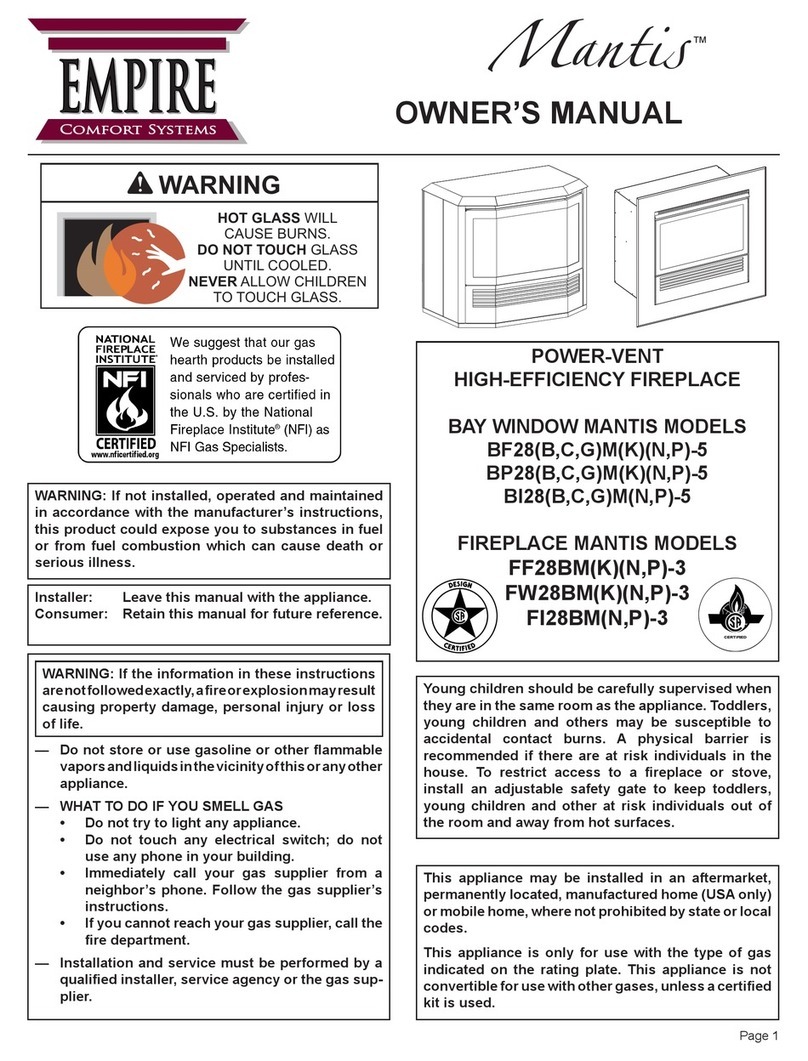
Empire Comfort Systems
Empire Comfort Systems MANTIS BF28BMN-5 User manual
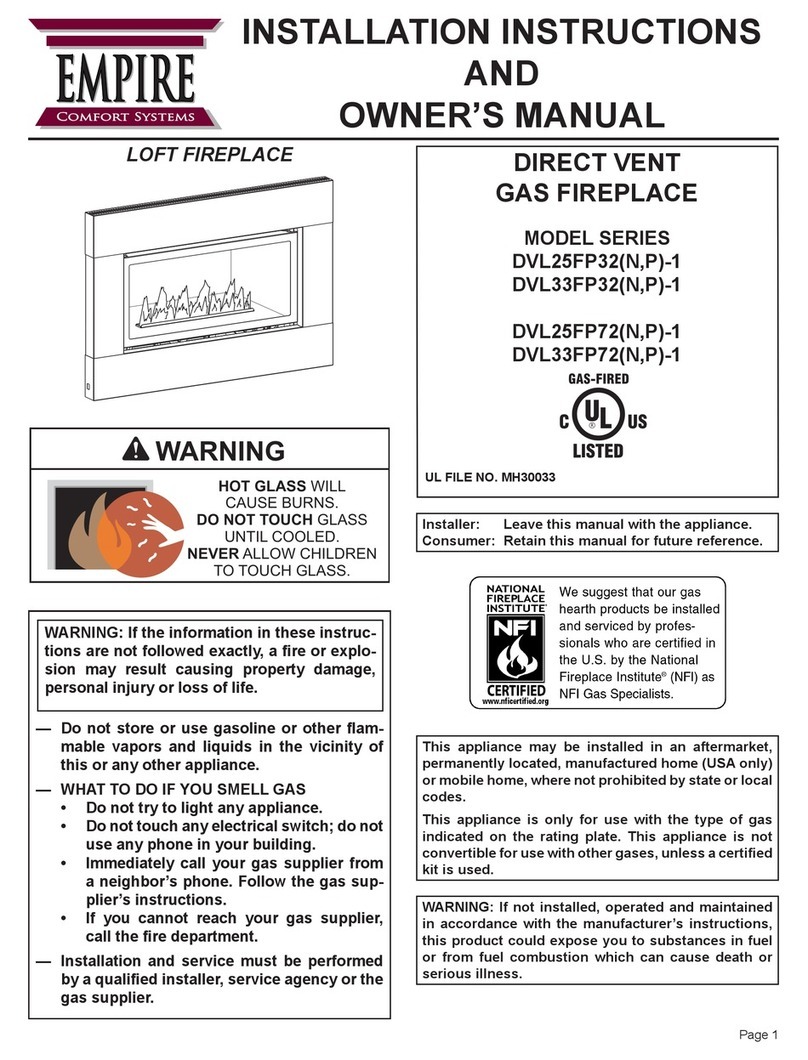
Empire Comfort Systems
Empire Comfort Systems DVL25FP32-1 Quick start guide
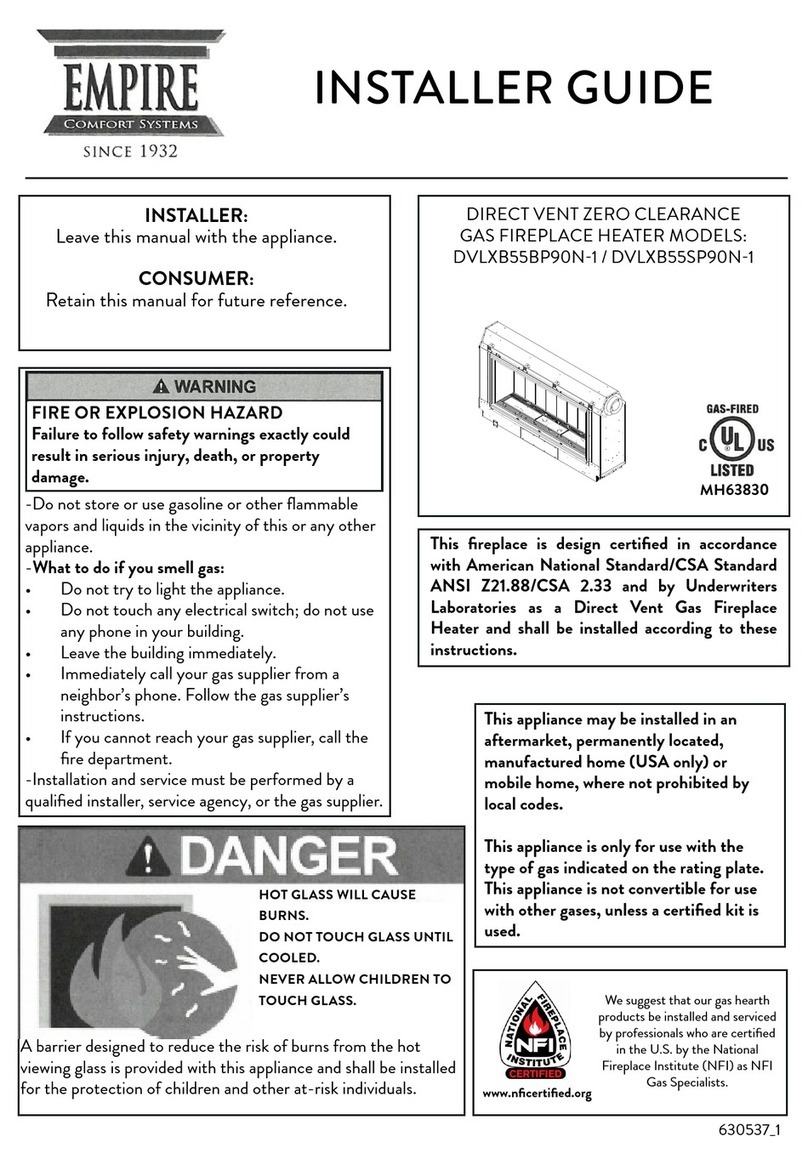
Empire Comfort Systems
Empire Comfort Systems DVLXB55BP90N-1 Assembly instructions

Empire Comfort Systems
Empire Comfort Systems MILLIVOLT 3 Series Quick start guide
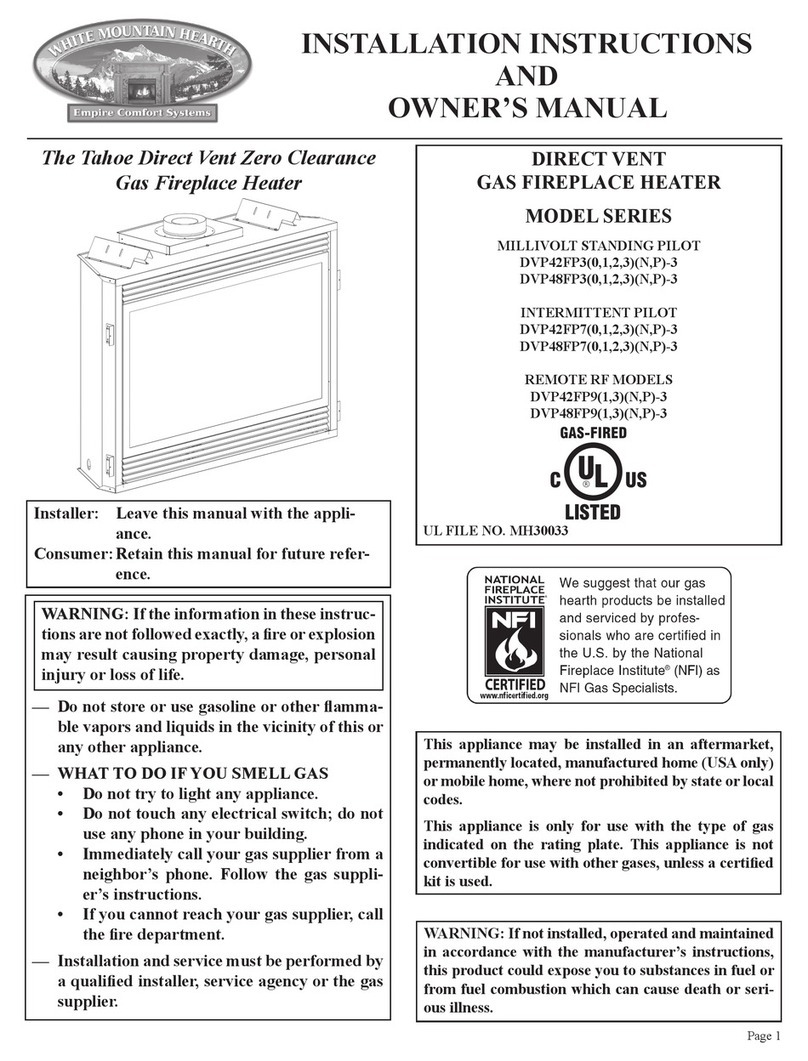
Empire Comfort Systems
Empire Comfort Systems DVP42FP3 Quick start guide
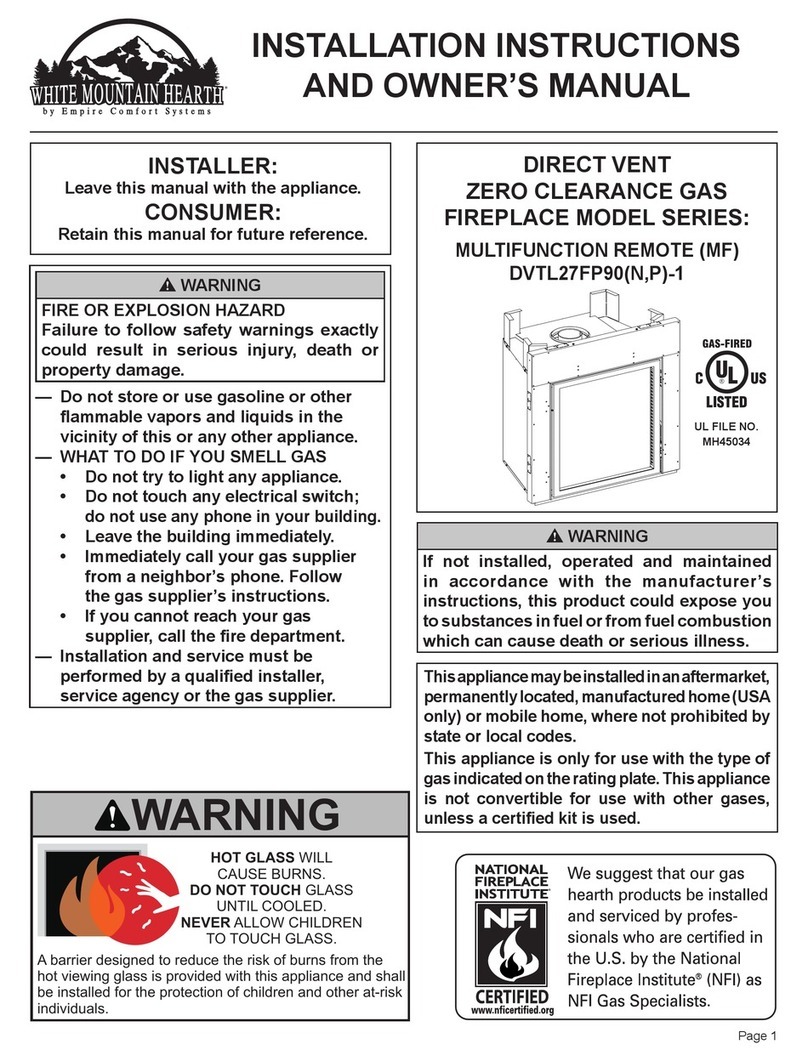
Empire Comfort Systems
Empire Comfort Systems White Mountain Hearth DVTL27FP90N-1 Quick start guide
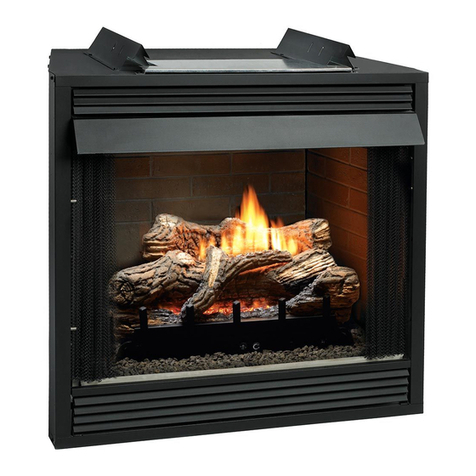
Empire Comfort Systems
Empire Comfort Systems VFP32FB Series Quick start guide
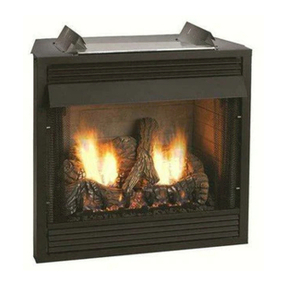
Empire Comfort Systems
Empire Comfort Systems Mantis BF28 Series User manual
Popular Indoor Fireplace manuals by other brands
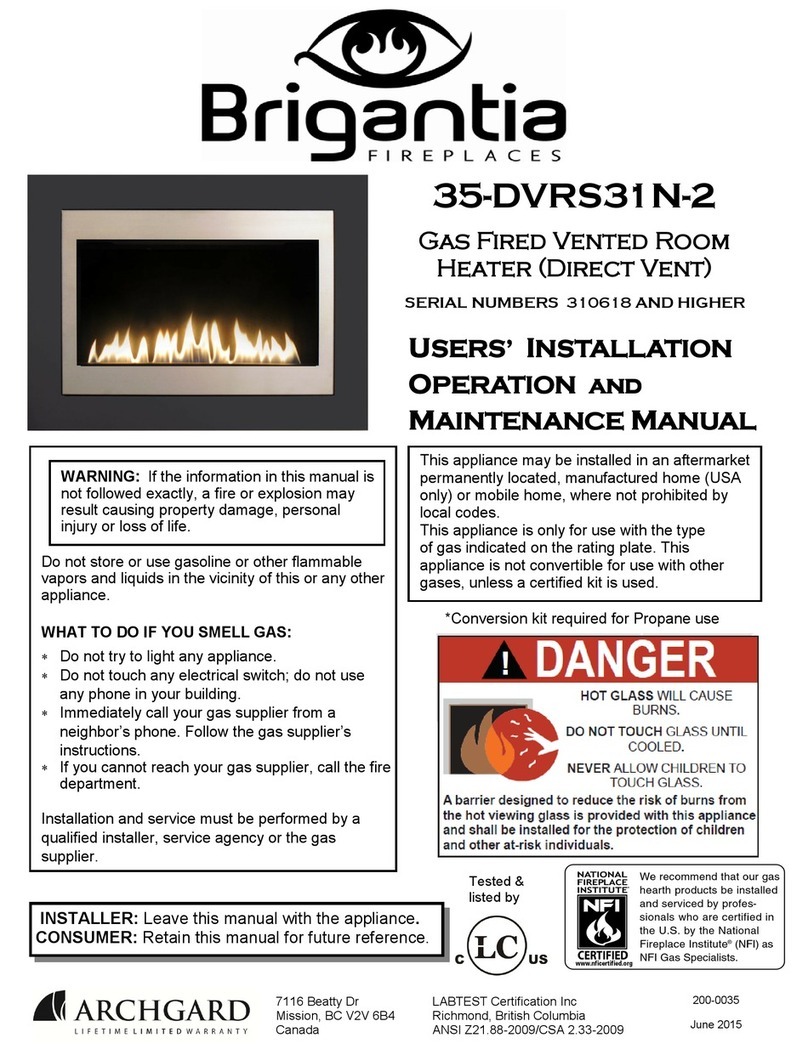
Brigantia
Brigantia 35-DVRS31N-2 User's installation, operation and maintenance manual
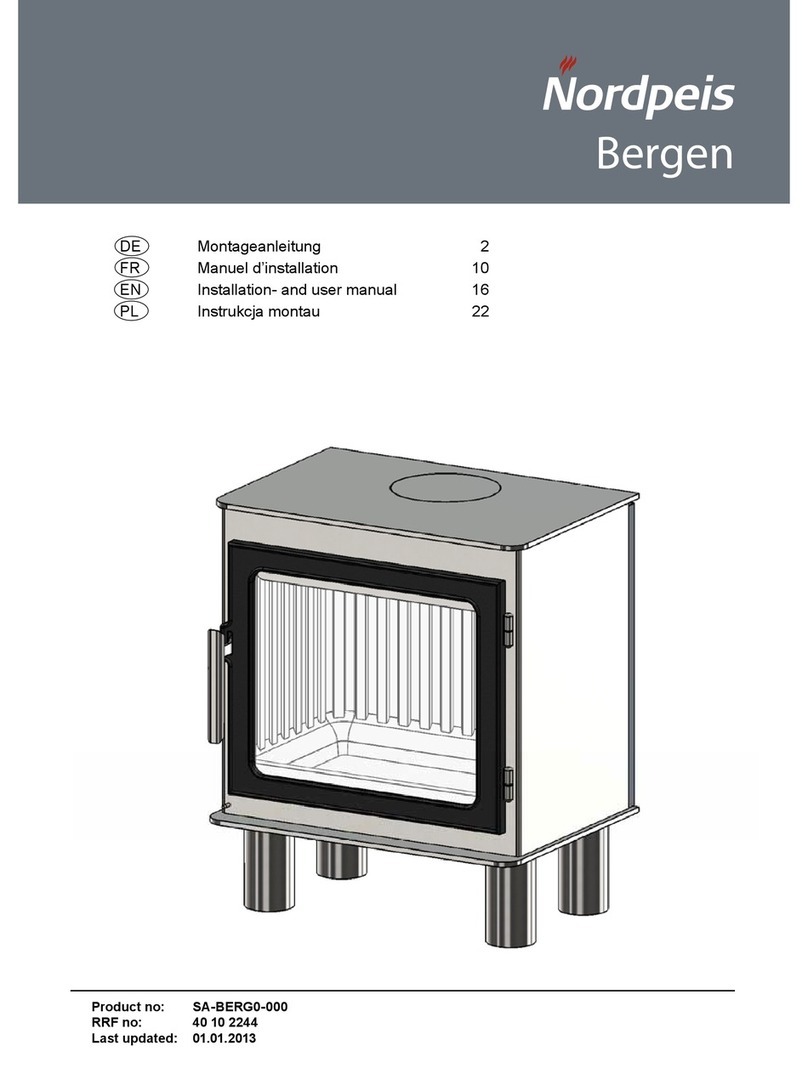
Nordpeis
Nordpeis Bergen Installation and user manual

Superior
Superior BCT2536TMN Installation and operation instructions

Quadra-Fire
Quadra-Fire 5100I-GD-B owner's manual
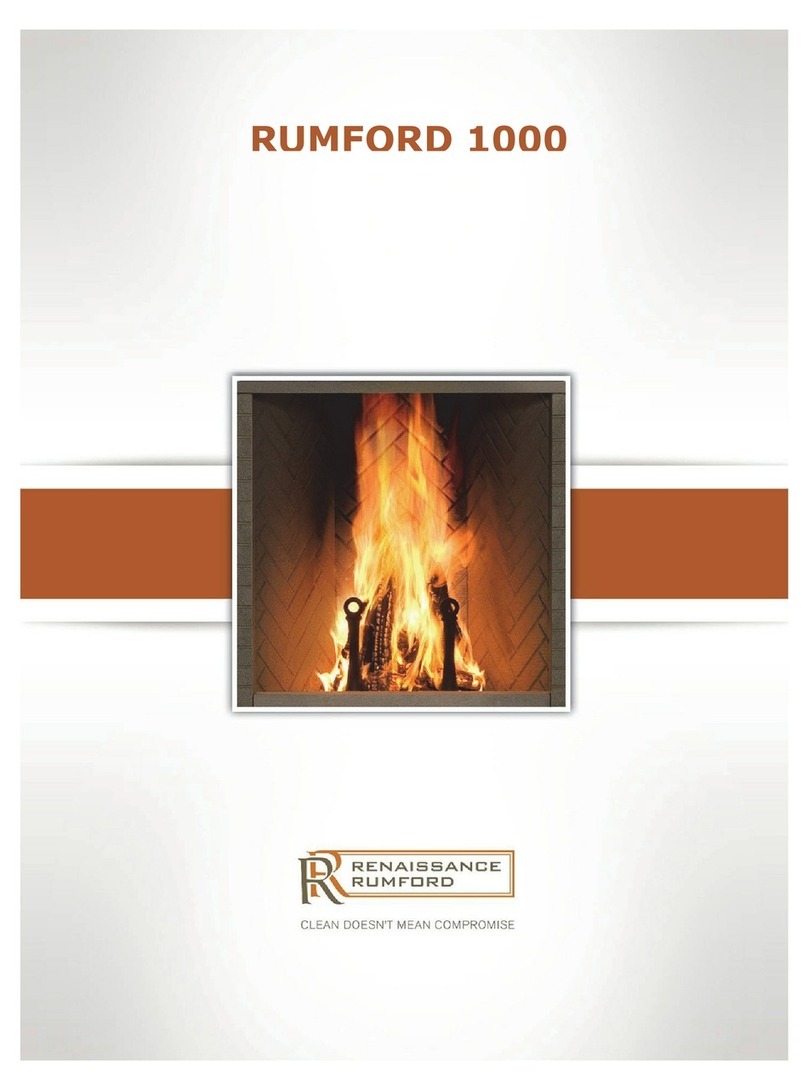
Renaissance
Renaissance RUMFORD 1000 user manual
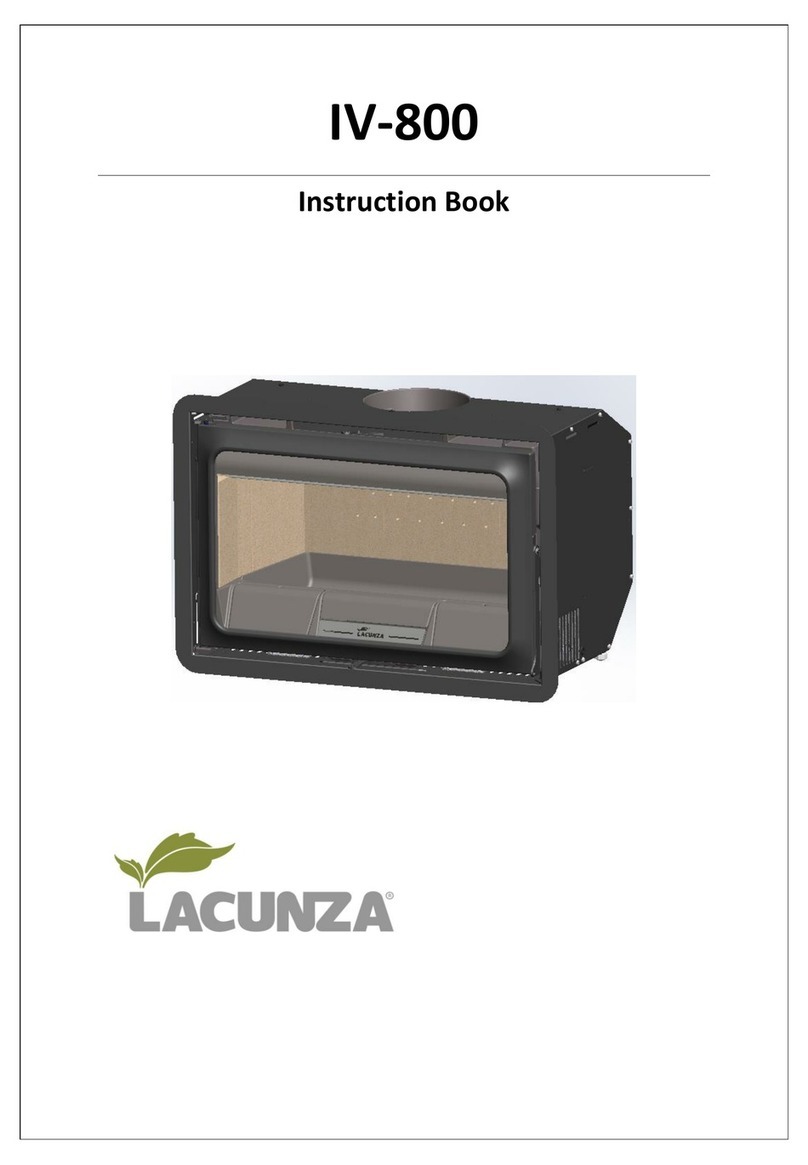
Lacunza
Lacunza IV-800 Instruction book
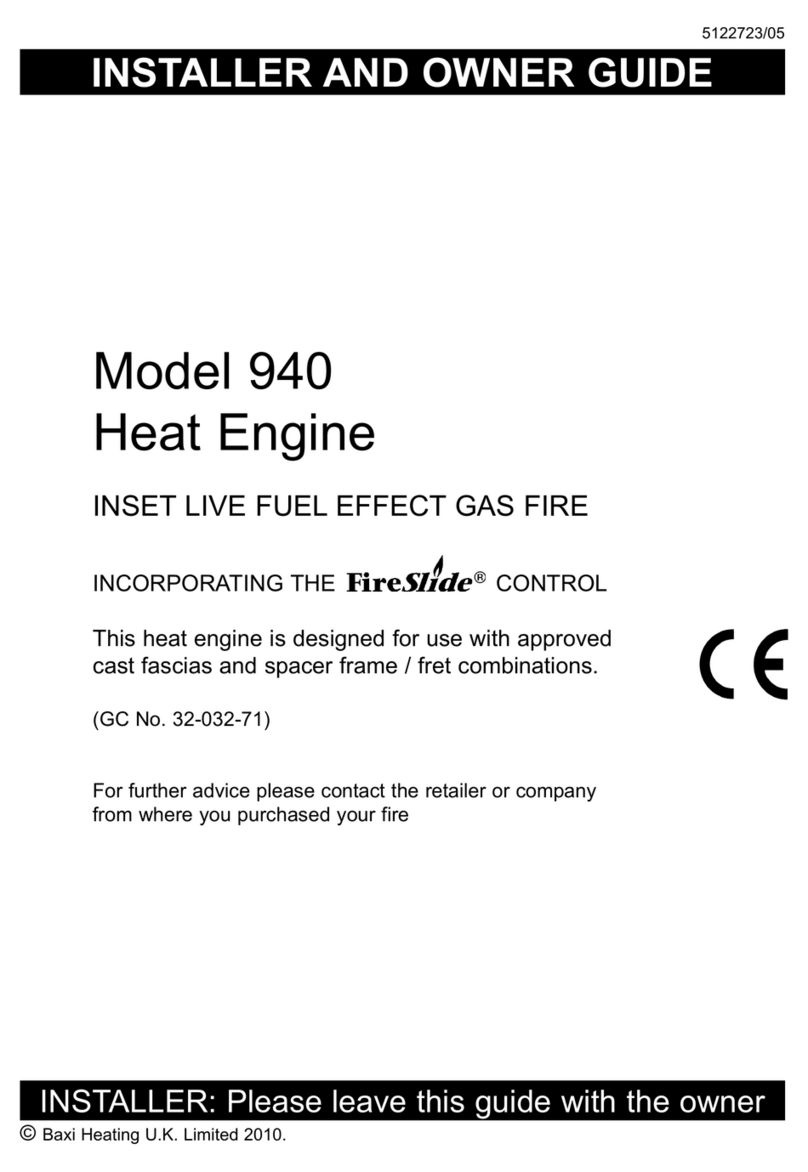
Baxi
Baxi 940 Installer and owner guide
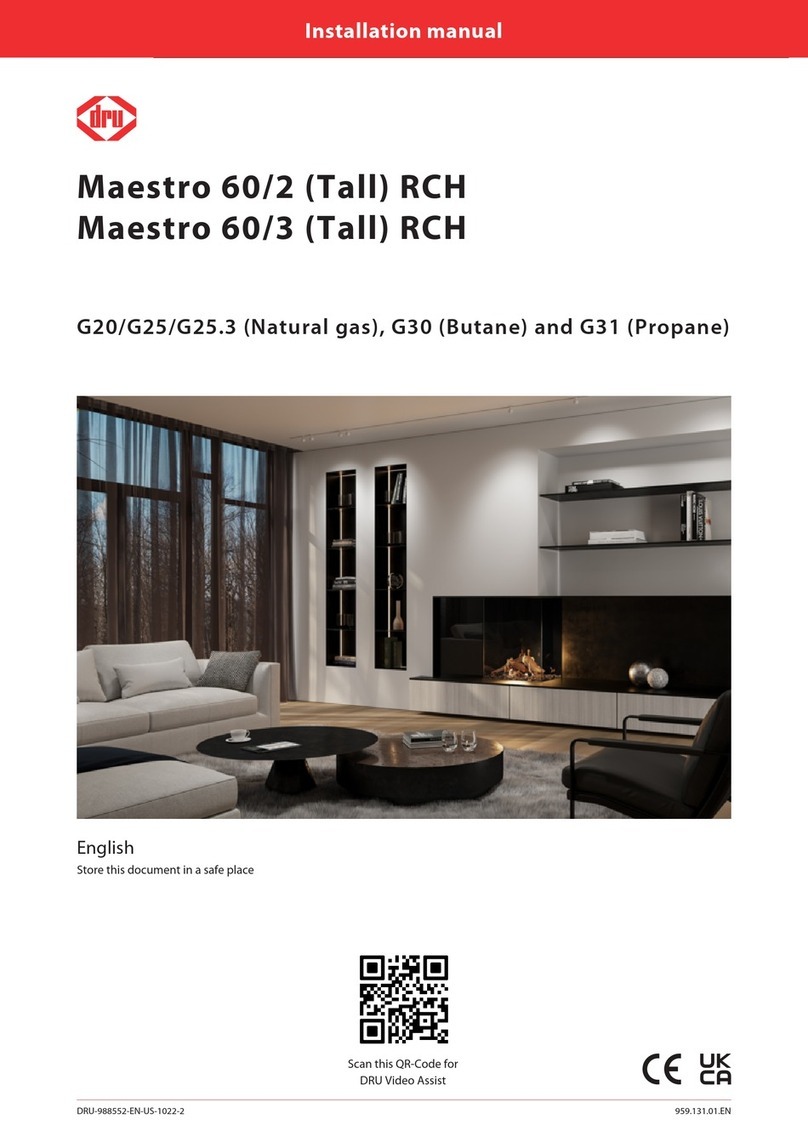
Dru
Dru Maestro 60/2 Tall RCH installation manual
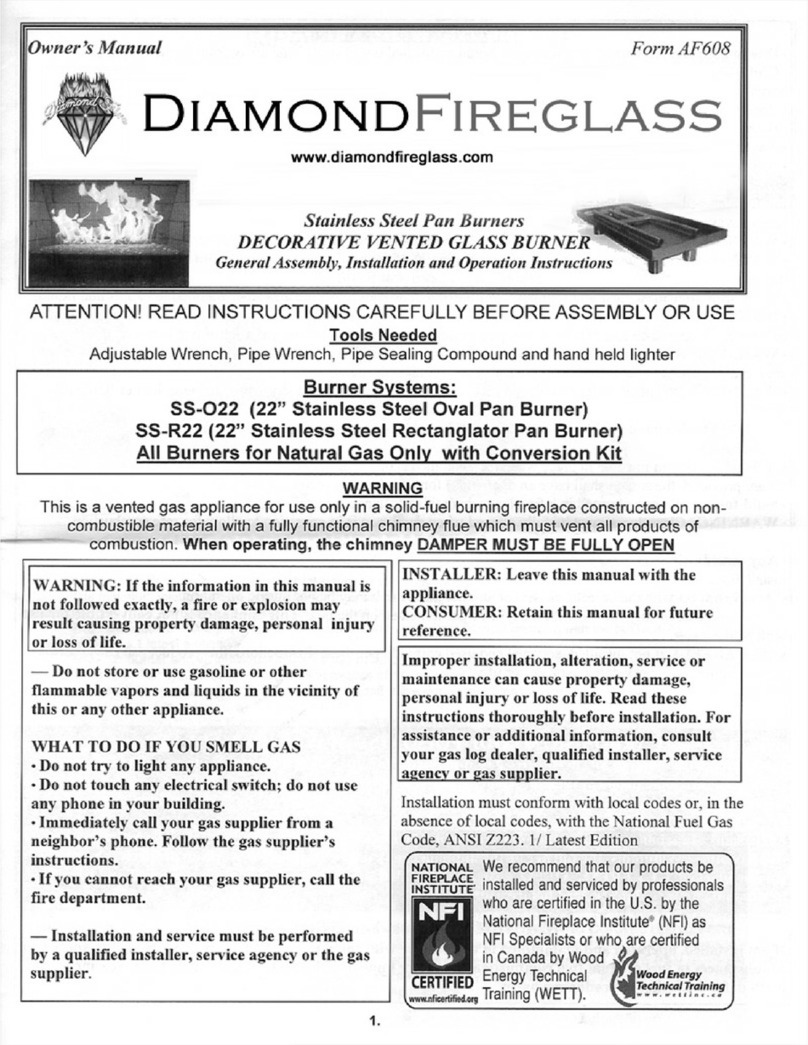
Diamond Fireglass
Diamond Fireglass SS-O22 General assembly, installation, and operation instructions

HearthStone
HearthStone Windsor Bay 8830 Owner's manual and installation guide
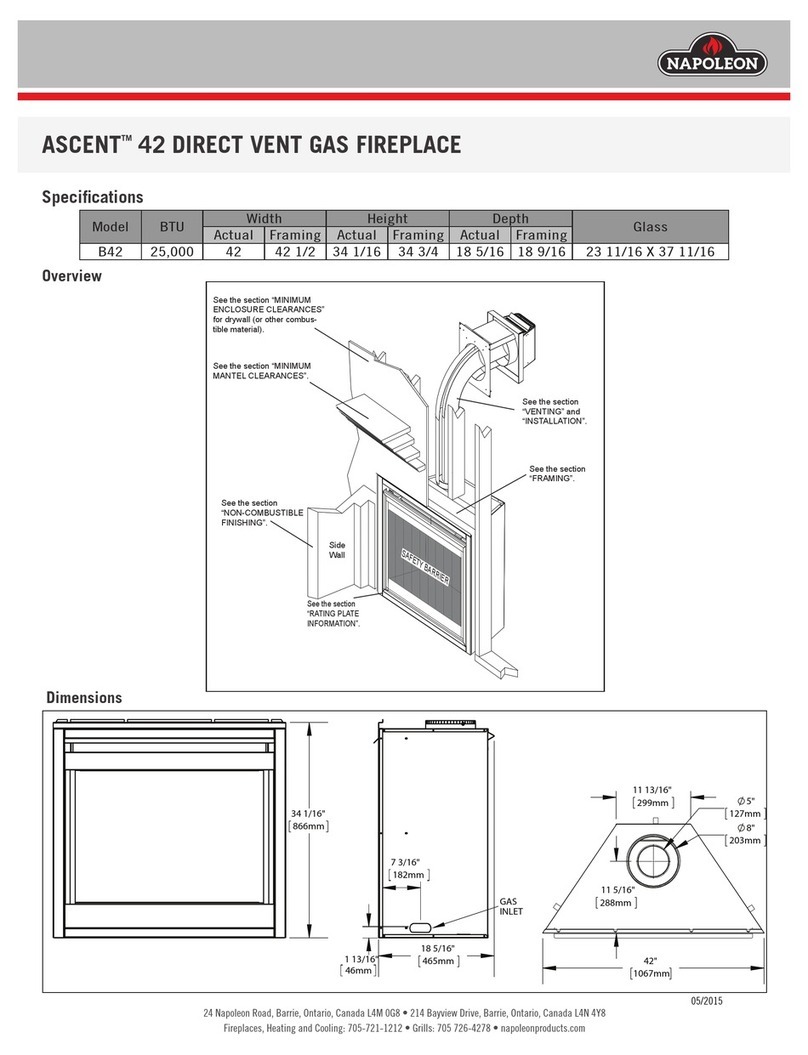
Napoleon
Napoleon ASCENT B42 quick start guide
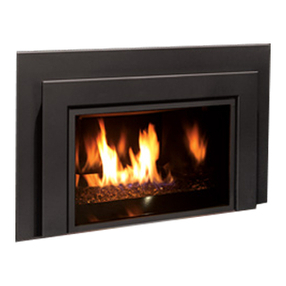
Enviro
Enviro E33GI owner's manual
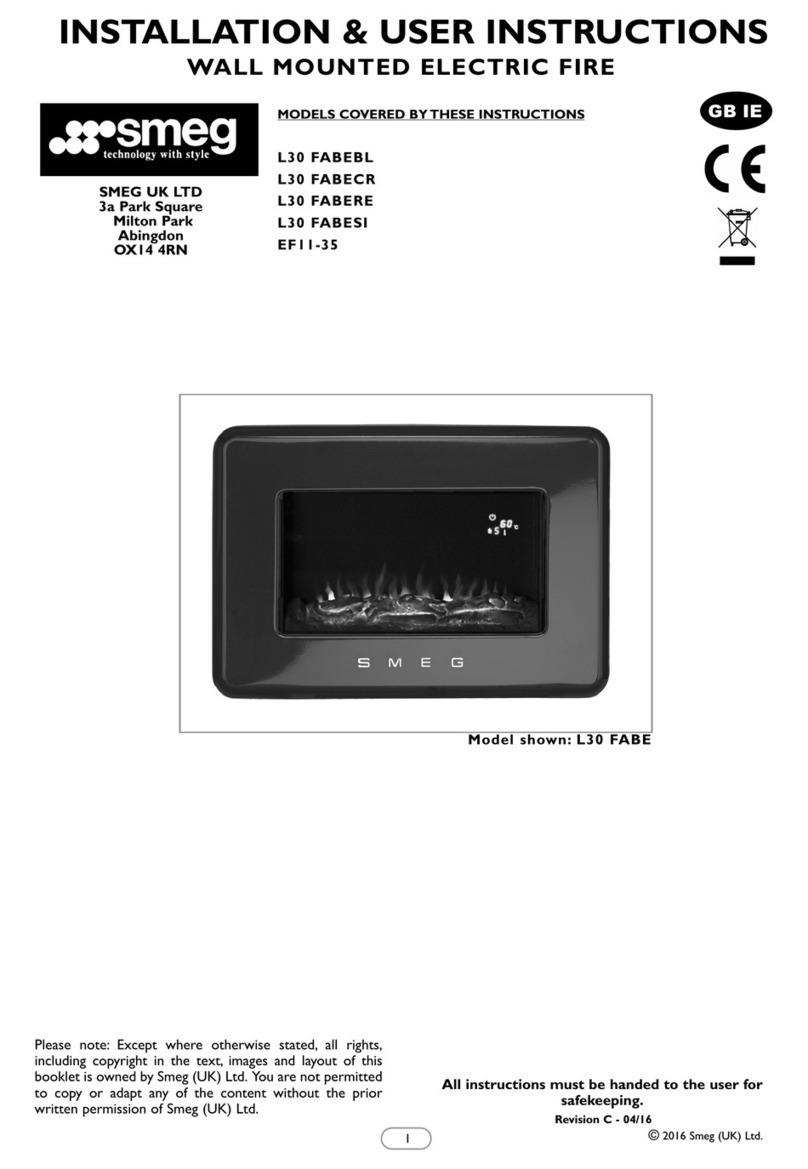
Smeg
Smeg L30 FABE Installation & user's instructions

KEDDY
KEDDY K700 Installation instructions care and firing instructions

Godin
Godin 3451 manual
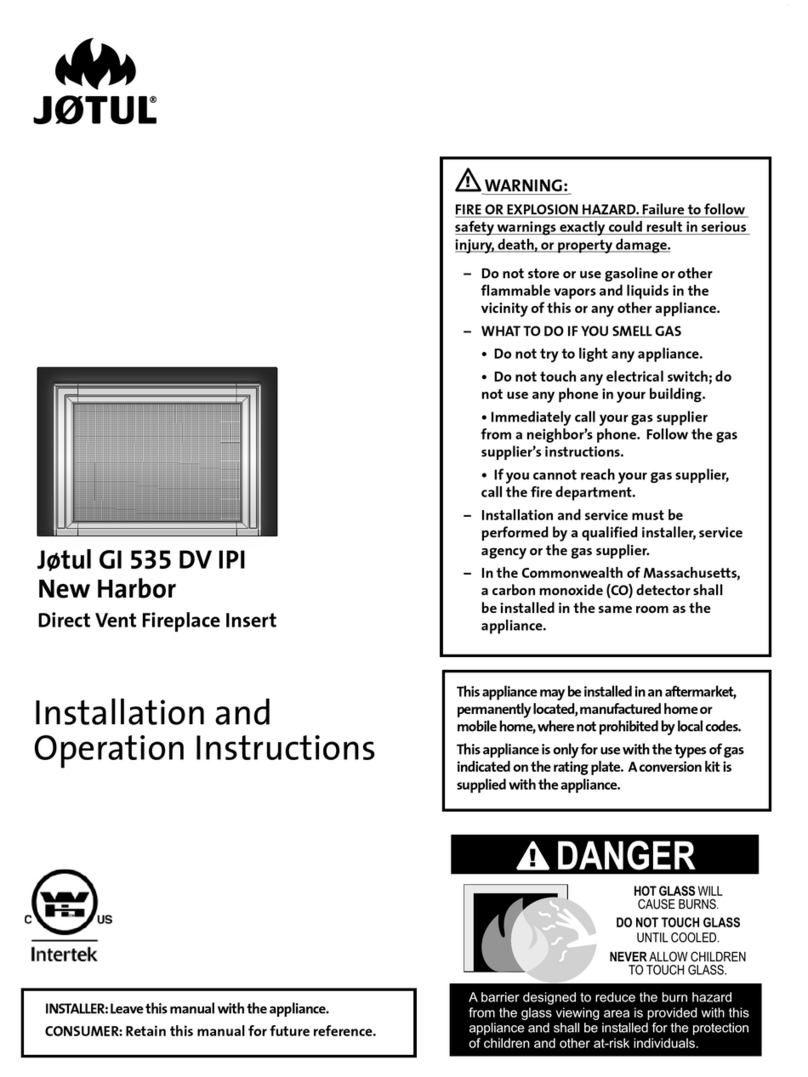
Jøtul
Jøtul Jotul GI 535 DV IPI New Harbor Installation and operation instructions
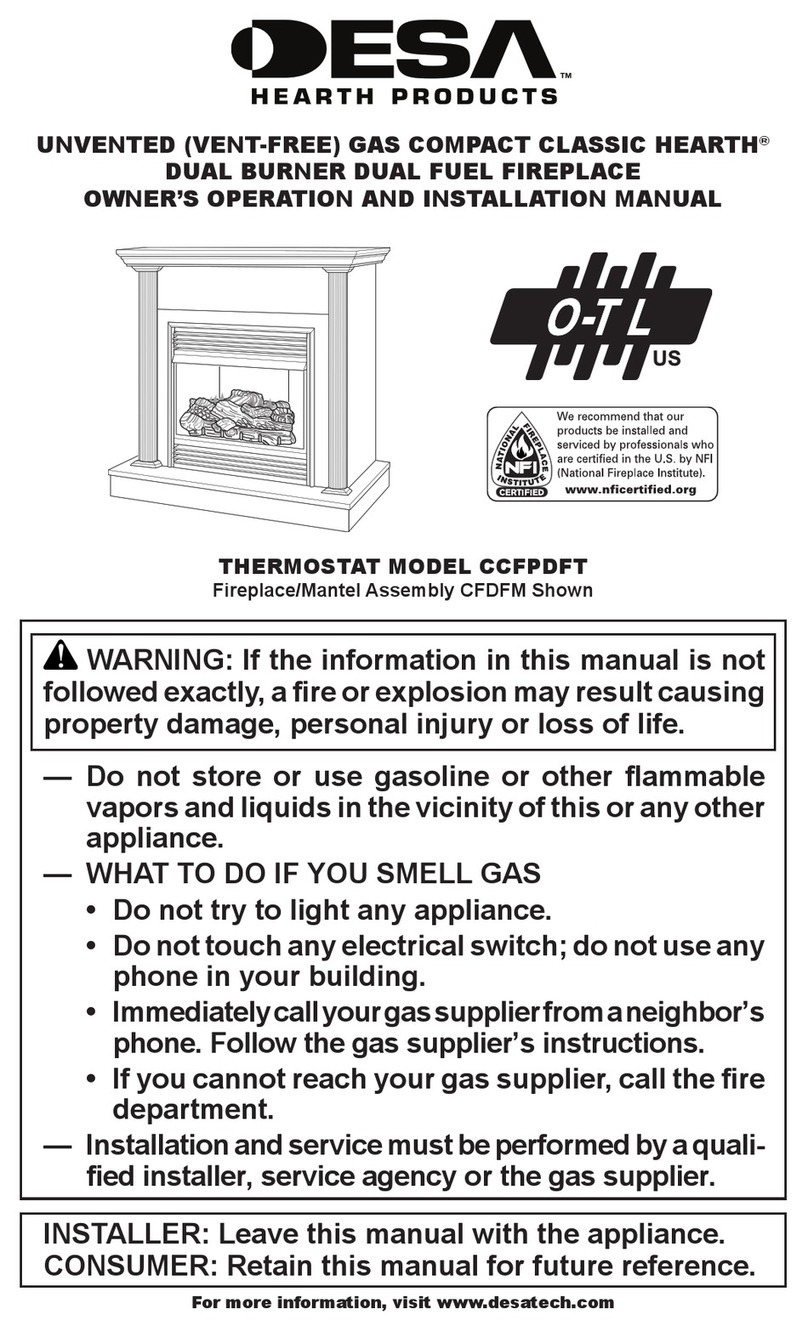
Desa
Desa CCFPDFT Owner's operating & installation manual

Miles Industries
Miles Industries Vogue 1300IRN Installation & operating instructions









